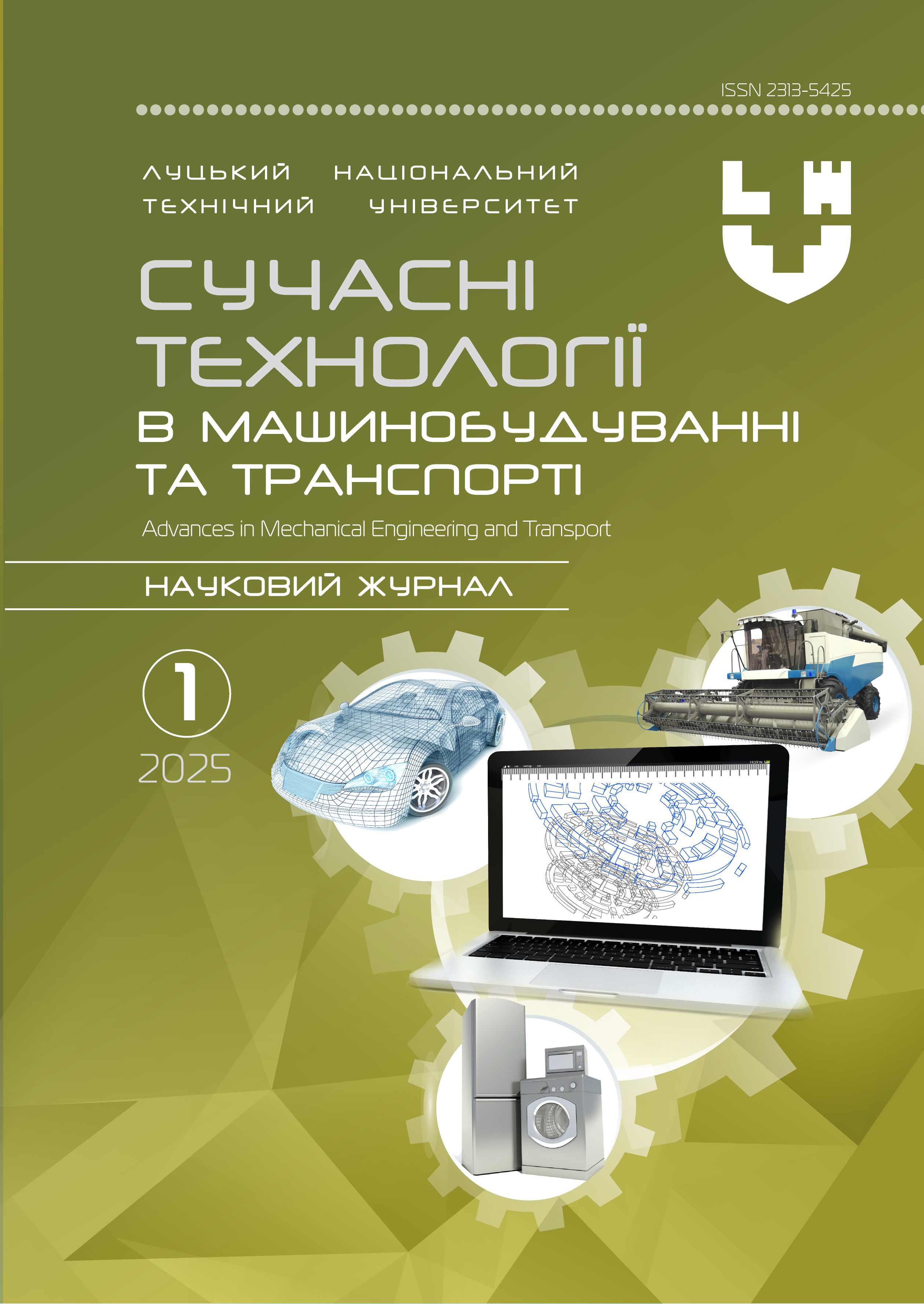DEVELOPMENT OF THE TECHNOLOGY OF LASER WELDING OF A THIN-WALLED GIRTH JOINT FOR THE MANUFACTURE OF THE HOUSING STRUCTURE OF THE SENSOR
Abstract
Thin-walled products with girth welded joints are widely used in modern machine building and instrumentation, where the quality of welded joints is subject to particularly high requirements. Welding of such products is accompanied by a number of technological challenges, especially when laser welding is used. The main problems are the instability of the metal remelting process due to the small diameters of the focused laser radiation, the risk of burns, lack of penetration, pore formation, and localized weakening of the joint due to overheating. In this work, laser welding of girth welded joints of sensor housings made of AISI 304 stainless steel was studied using a fiber laser YLR-400-WC. Welding was performed in a pulsed mode with a frequency of 1000 Hz using high-purity argon as a shielding gas. To ensure high quality of welded joints, special technological solutions were used: smooth increase and decrease of laser power at the beginning and end of the welded joint to avoid cratering, use of a precision rotator with high positioning accuracy, and modernization of the design of the welded edges. During the experiments, it was found that the original scheme with flanging only on the cover of the sensor part led to depressurization due to overheating in the area where the sensor contacts are attached. To eliminate this problem, a new design scheme was developed with remote flanges on the sensor cover and flange, and a heat dissipation system with an aluminum spacer and thermal paste applied to it was introduced. Additionally, a metal ball was used to stabilize the rotation, which reduced friction. The results of the study confirmed the effectiveness of the proposed solutions: stable formation of a tight welded joint without defects and local overheating was achieved. The data obtained demonstrate the prospects of using laser welding for girth joints of thin-walled products, provided that the design of the welded elements is optimized and the thermal regime is controlled.
Keywords: laser welding, thin-walled products, development of welded joint design, flanging, parts with a rotation axis, stainless steels, AISI 304.




